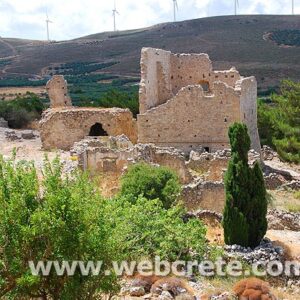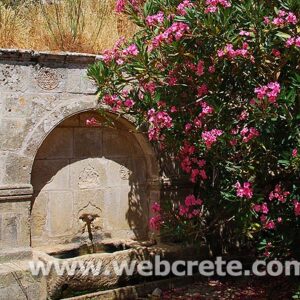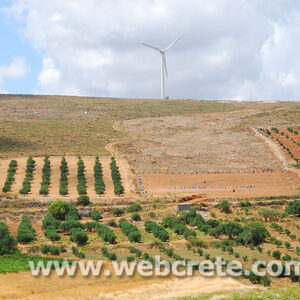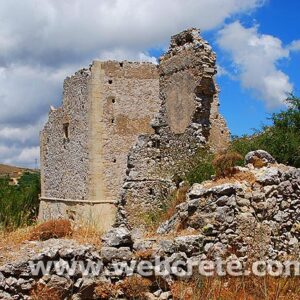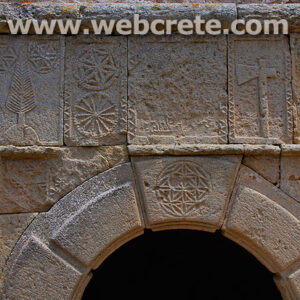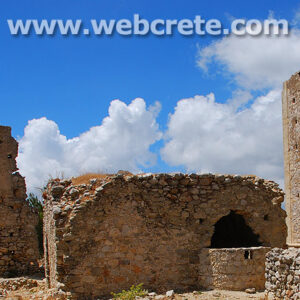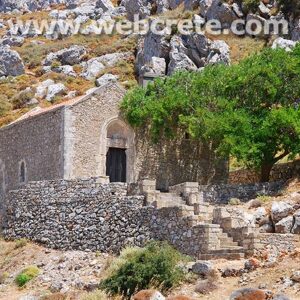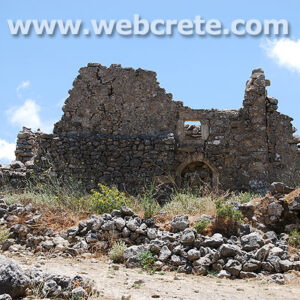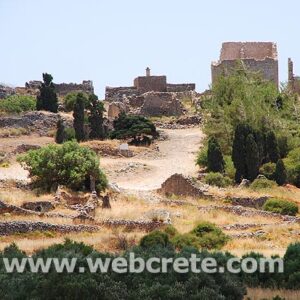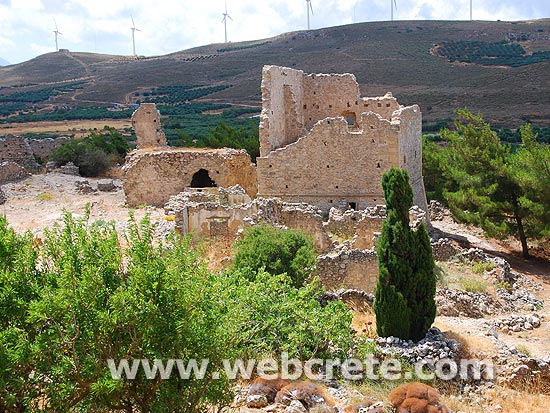
01 Jan The venetian mantion of Voila
The village of Voila is 1km away from the village of Handras. It is a medieval deserted village protected by the Archaeological Offices of Eastern Crete.
Passing through the village’s alleys you can still see the ruins of old houses and their rooms, their venetian features and through this sacred silence of the place you have the impression that you hear the Byz-antine king, the medieval knight or the Turk fighter gallop away.
The name of the village probably comes from the Byzantine word VOILAS or VOLIAS meaning the nobleman, the land owner.
In a census carried out by Kastrofilaka in 1583, the village of Voila had a population of 301. Many elements show that the village belonged to the venetian family of Zenos which during the Turkish occupation adopted the Ottoman religion and was renamed.
The tradition says that he was the owner of a Castle in Voila which has an external inscription with the date 1153 equal to 1742 of the Christian diary. At the south of the castle there is a ruined church known as the church of Ginali.
Other attraction at the area is the old painted church of St. George dated back to the 15th century. From the inscription it is obvious that there is a family tomb of Salamons. The Solomons of the island of Zakynthos where our national poet Dionisios Solomos comes from, are believed to having been descended from the Salamons of Sitia.
At the top of the hill overlooking the village there is a fortress dated back to the Venetian occupation of the island of Crete.

 Search our website and read about
Search our website and read about 

